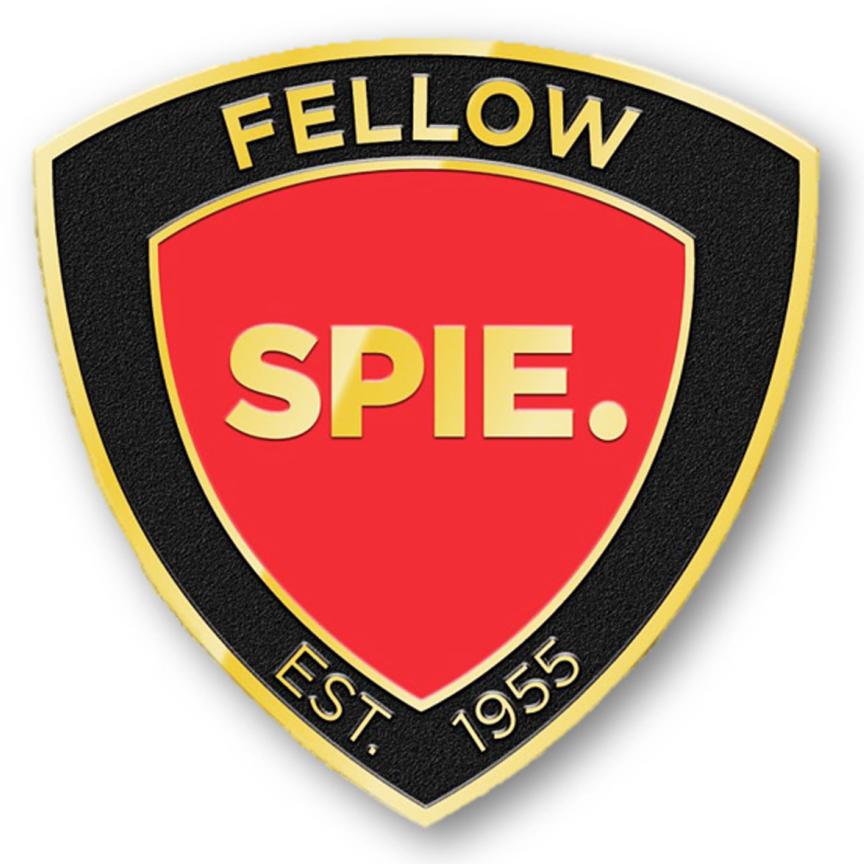A team of researchers from the Italian National Research Council’s Institute of Clinical Physiology (CNR-IFC) has developed a new way to detect poor blood circulation using a novel form of near infrared (NIR) spectroscopy.
The research was published in the latest issue of the Journal of Near Infrared Spectroscopy, where the team used two-dimensional NIR spectroscopic imaging to determine how the supply of blood to the hand is impaired in a patient suffering from systemic sclerosis (SSc).
Systemic sclerosis is caused by the production of excessive amounts of collagen, which can damage blood vessels. Wanting to understand how this damage can affect the blood supply in specific regions of the body, Valentina Hartwig from the CNR-IFC created a non-invasive method for this purpose.
NIR spectroscopic 2D imaging can be used to monitor blood supply and circulation by measuring the concentration of oxygenated haemoglobin in biological tissue, unlike conventional spectroscopy which can only be used on specific parts of the body. To measure the concentrations over a larger area, Hartwig used a novel NIR spectroscopic camera that irradiates samples with infrared light produced by an array of 470 LEDs.
‘The recent development of NIR spectroscopic 2D imaging offers the possibility of visualising oxygenated haemoglobin distribution in large tissue areas,’ explained Hartwig.
During the study, Hartwig used the camera to monitor blood supply in both the hand of an SSc patient and a healthy control. The camera produced coloured images of the hands, with blue indicating low levels of oxygenated haemoglobin and red indicating high levels. After first monitoring the blood supply to the hands at normal, resting conditions, Hartwig and her colleagues investigated what happened when they temporarily restricted the supply of blood with a blood pressure monitor, taking an image with the camera every 10 seconds.
Even at resting conditions, the team found that the blood supply was lower in the hand of the SSc patient and also varied more across the hand. After restricting the blood supply to the hands for three minutes, Hartwig and her team found that it quickly returned to its resting state in the healthy control. The blood supply took much longer to return to its resting state in the hand of the SSc patient, with certain parts of the hand, such as the ring finger, returning to the resting state much later than others.
The study provides an initial indication that NIR spectroscopic 2D imaging can be used to monitor the supply of blood to specific areas of the body in SSc patients. More evidence is expected to come from a larger clinical study that will begin shortly, Hartwig noted.
‘The camera has the potential to be employed in the clinical practice to evaluate microcirculatory impairment in systemic sclerosis,’ she added. ‘We can hypothesise using the camera to assess dynamic changes after vasoactive drugs, to assess the effectiveness of treatments and to identify responses to specific therapies.’
Related stories
All in vein: imaging devices are becoming available that use infrared light to make veins easier to locate, as Jessica Rowbury discovers
Further information

